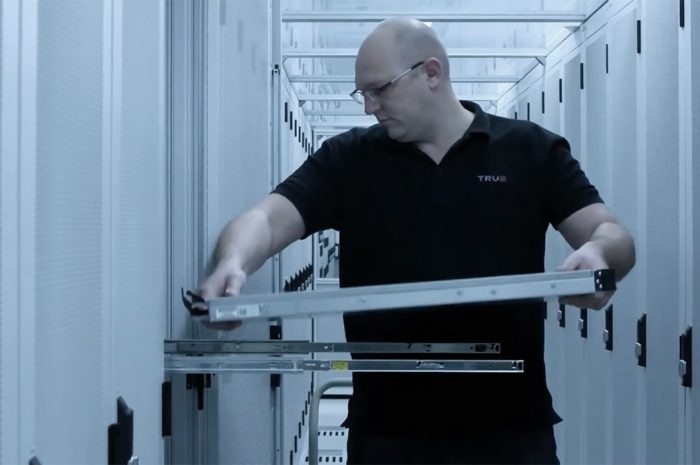There has been a lot of discussion recently about distributed cloud and edge computing. But what are they exactly? And what’s in it for you? Keep reading this blog post to find out!
What is distributed cloud?
Distributed cloud allows you to extend the infrastructure you use in the public cloud to a local data centre. You can even transfer it to your own server (so, on-premise). This means that users are closer to the data in the cloud. The big advantage here is that you and your end users can access the data faster. Latency is a thing of the past.
When you use services in the public cloud, all your data is stored in the cloud. Although you can often choose the location of the data centre used for this, the closest one may not be in the Netherlands. Or it might be in Groningen, while your company is based in Brabant. By expanding your infrastructure with distributed cloud, you can control the location of your data.
Another major advantage of distributed cloud is that your distributed cloud environment remains part of the central public cloud platform. In a sense, you take servers from the cloud platform and move them to your local data centre or your own server. Meanwhile, your cloud provider continues to be responsible for running, managing, and updating the cloud services. This means that you can still enjoy the greatest benefits of the cloud when you use a distributed cloud.
So, what is edge computing?
With edge computing, your data is stored at the edge of your network: close to the user or the device that generates the data. So it’s similar to the servers you have on premise. The thing that makes edge computing different is that, if you need to, you can also store data in the cloud. For example, by storing data in the cloud at times when your own network is overloaded, you are assured of speed and reliability. If you only use your own servers, you may encounter problems during peaks.
The difference between edge computing and distributed cloud
But what is the difference between edge computing and distributed cloud? Although all activity in both distributed cloud and edge computing takes place near the edges of the network, there is a distinct difference. With distributed cloud, you work in the cloud as standard: computing power is drawn from the entire network and data storage takes place in the cloud. With edge computing, data is only stored in the cloud in specific situations. Edge computing also focuses on local data processing; with distributed cloud, this is always done centrally.
When is distributed cloud useful?
Gartner lists distributed cloud as one of the key trends of 2021 and even calls it ‘the future of cloud computing’. But how can distributed cloud benefit your organization and what can you use it for?
The possibilities of distributed cloud and edge computing are almost endless – it simplifies data management, your infrastructure becomes more scalable, and you can implement applications easier and faster.
But that’s not all. Here are a few more examples:
Low latency
For example, for IoT applications, production automation, healthcare applications, machine learning, and video surveillance, you need to be able to rely on real-time data exchange. You can’t afford to have delays caused by data first being sent to the cloud.Distributed cloud and edge computing do not have this latency, so your applications always have access to real-time data.
Complying with regulations
Legally, you cannot store personal data in just any country. However, when you use cloud services, you don’t always have control over where your data is stored. Distributed cloud makes it easier to process personal data in the user’s country of residence, which in turn makes it easier for you to comply with local privacy regulations. This is especially important if you process privacy-sensitive data in healthcare or telecommunications.
Efficient, cost-effective, and flexible
Expanding your data centre or building data centres in different countries or continents is expensive and time-consuming. Distributed cloud and edge computing have eliminated the need for this by allowing you to expand your infrastructure without physical expansion. To do this, you can use the tools that the IT department is already familiar with.
Easy to manage
Distributed cloud gives your organization more control over its infrastructure. Even if you use a hybrid multi-cloud, the entire infrastructure is easy to manage and monitor from a single console, using a single set of tools.
Faster delivery of content
Locating your organization’s content delivery network in your distributed cloud environment improves the quality of video streaming, for example. This is because the content is stored in locations closer to the end user, so there is less delay. Which significantly improves the user experience.
So, plenty of reasons to opt for distributed cloud!
Distributed cloud certainly has its advantages –for every organization. You can use public cloud services such as AWS (Amazon) or Azure from a data centre located near your organization. Or even from your own server park. This not only guarantees you the optimal performance that these cloud services offer, but also immediately improves your compliance and reduces latency in a cost-effective manner.
Want to know how distributed cloud can benefit your organization? We’d be more than happy to tell you more about the possibilities of distributed cloud and edge computing!



